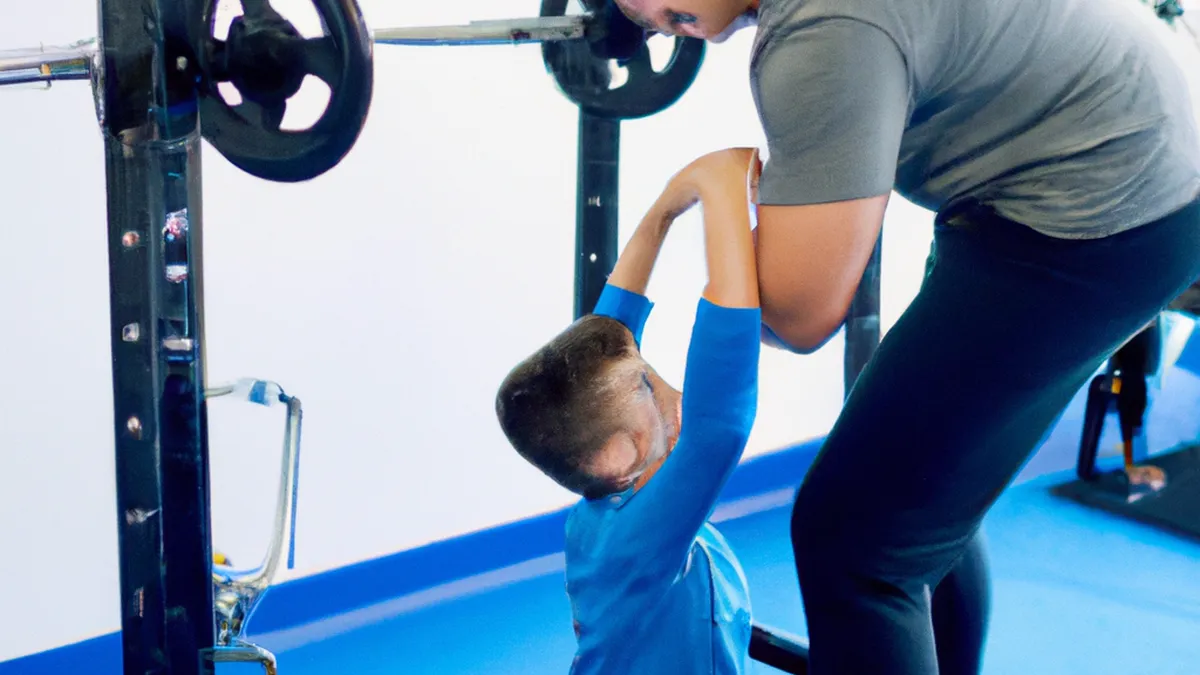Joint-Friendly Exercises for Active Living
Prehab Exercises for Common InjuriesInjuries disrupt daily life and athletic pursuits. Prehabilitation, or “prehab,” helps you avoid these injuries. Prehab exercises strengthen your body and improve flexibility. Incorporate these exercises into your routine to reduce injury risk. This blog post explores effective prehab exercises and their benefits.
Understanding Common Injuries
Common injuries often stem from overuse or poor technique. Runners frequently suffer from knee pain. Weightlifters might experience shoulder injuries. Understanding these injuries helps you identify the right prehab exercises.
Knee Injuries
Knee injuries rank among the most common. Conditions like patellar tendonitis and runner’s knee occur due to muscle imbalances. Weak quadriceps or hamstrings contribute to these issues. Strengthening these areas prevents injury.
Shoulder Injuries
Shoulder injuries often arise from repetitive overhead movements. Rotator cuff injuries commonly affect athletes. Weak shoulder stabilizers increase injury risk. Focus on strengthening these muscle groups.
Lower Back Injuries
Lower back pain affects many, especially those with sedentary lifestyles. Poor posture and weak core muscles contribute to this issue. Strengthen your core and improve your posture to alleviate back strain.
Effective Prehab Exercises
As an Amazon Associate I earn from qualifying purchases.
Gear tip: consider yoga blocks, sport sunscreen, and stretching strap to support this topic.
Incorporate prehab exercises into your routine to strengthen vulnerable areas. Here are effective exercises for common injuries.
For Knee Injuries
1. **Wall Sits**: Stand against a wall and slide down into a sitting position. Hold for 30 seconds to strengthen quadriceps and glutes.2. **Straight Leg Raises**: Lie on your back with one leg bent. Raise the other leg to the height of the bent knee. Lower it slowly to target quadriceps without stressing knees.3. **Lateral Band Walks**: Place a resistance band around your thighs. Stand shoulder-width apart. Step sideways while keeping tension on the band. This strengthens hip abductors, supporting knees.
For Shoulder Injuries
1. **External Rotation**: Use a resistance band or light dumbbell. Keep your elbow at your side and rotate your forearm outward. This strengthens the rotator cuff.2. **Scapular Push-Ups**: Assume a push-up position. Squeeze your shoulder blades together instead of bending your arms. This improves shoulder stability.3. **Shoulder Flexion with Bands**: Stand on a resistance band. Hold the other end and lift your arm overhead. This strengthens shoulder flexors and stabilizers.
For Lower Back Injuries
1. **Planks**: Get into a push-up position but rest on your forearms. Keep your body straight from head to heels. Hold for 20 to 30 seconds to strengthen your core.2. **Bird-Dogs**: Start on all fours. Extend one arm and the opposite leg simultaneously. Hold briefly, then switch sides. This enhances core stability and coordination.3. **Bridges**: Lie on your back with knees bent. Lift your hips toward the ceiling while squeezing your glutes. This strengthens your lower back and glutes.
Tips for Incorporating Prehab Exercises
To maximize your prehab routine, follow these tips:1. **Consistency is Key**: Perform prehab exercises at least three times a week. This builds strength and prevents injuries.2. **Focus on Form**: Pay attention to your technique. Proper form targets the right muscles effectively.3. **Warm-Up Properly**: Always warm up before exercises. This prepares your muscles and reduces injury risk.4. **Listen to Your Body**: If you feel pain, stop immediately. Adjust your routine to avoid aggravating existing conditions.
Benefits of Prehab Exercises
Engaging in prehab exercises offers numerous benefits. First, improve overall strength and flexibility. Second, boost athletic performance through improved stability and movement mechanics. Third, reduce injury likelihood and stay active.Moreover, prehab fosters a proactive health approach. Focus on prevention to enjoy activities without fear of injury. A consistent routine builds resilience, making your body more capable of handling physical demands.
Conclusion
Prehab exercises are vital for preventing common injuries. Understand your body and focus on key areas to reduce risk. Incorporate effective exercises into your routine, prioritizing consistency and form. With commitment, enjoy the benefits of a stronger, injury-free body. Start today and take control of your health!
Below are related products based on this post:
FAQ
What is prehabilitation?
Prehabilitation, or “prehab,” involves exercises designed to strengthen the body and improve flexibility to prevent injuries. It is particularly beneficial for individuals engaged in physical activities or sports. By incorporating prehab exercises into your routine, you can reduce the risk of injury and enhance overall performance.
What are common injuries that prehab exercises can help prevent?
Common injuries often stem from overuse or poor technique, including knee pain for runners, shoulder injuries for weightlifters, and lower back pain for those with sedentary lifestyles. Understanding these injuries allows individuals to identify appropriate prehab exercises to strengthen vulnerable areas and mitigate risks.
How often should prehab exercises be performed?
To maximize the benefits of prehab exercises, it is recommended to perform them at least three times a week. Consistency is crucial in building strength and preventing injuries. Additionally, focusing on proper form during these exercises ensures that the right muscles are effectively targeted.















Post Comment